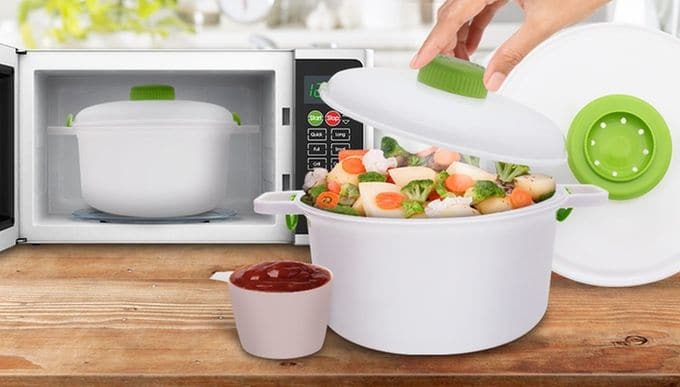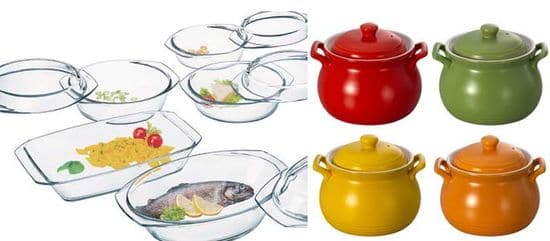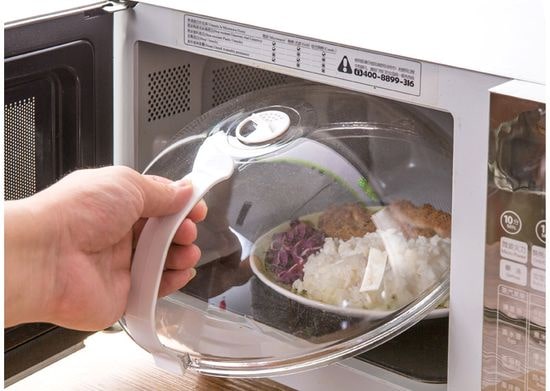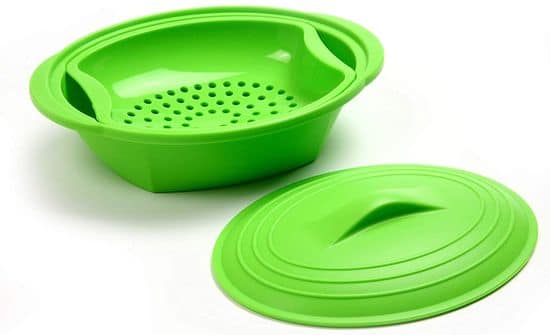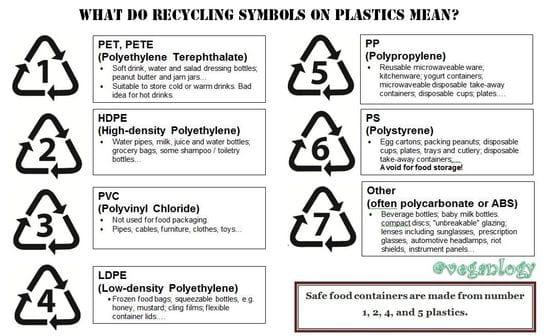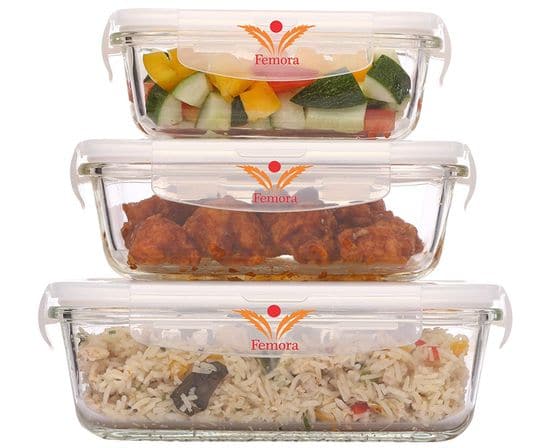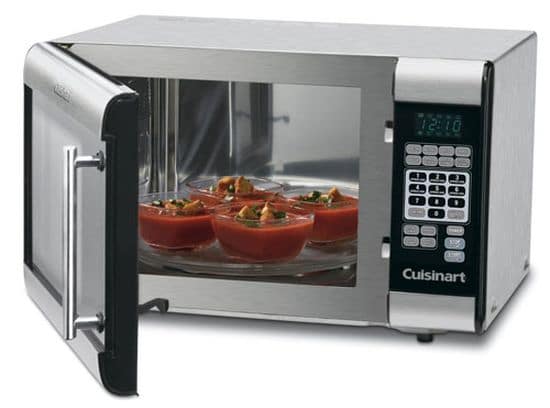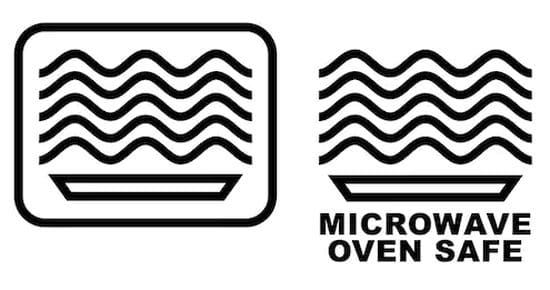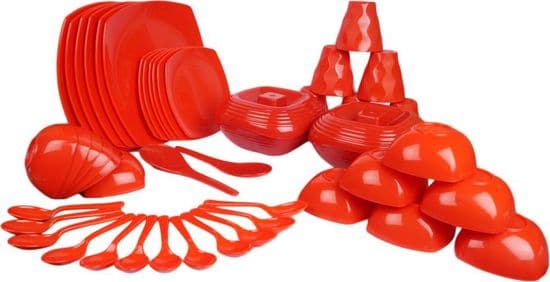For a long time, the impossibility of using traditional metal cookware was one of the main drawbacks of a microwave oven. This is related to the operation principle of these devices. Microwave waves generate induction in the metal, which is accompanied by sparking and can cause an arc discharge. Therefore, microwave cookware should not contain metal inserts or patterns. Paints on wooden cookware should also to be without metallic impurities. Such cookware is made from glass, porcelain, ceramic or plastic.
Features
The shape and sizes are also important. Round, cylindrical or oval shapes provide the most uniform distribution of microwaves. Square or rectangular form is less effective due to energy concentration in the corners. Utensil with sloping edges also does not ensure uniform distribution.
Time cooking in a deep utensil is significantly more compared to shallow plate.
Foil can used for wrapping the protruding parts. But too large a piece of foil can cause arcing.
A cover significantly increases cooking efficiency.
The food under cover retains more moisture and therefore is cooked more quickly. Waxed paper, paper wipes and the film also are often used for this purpose instead of a cover.
There are also special utensil for models with steaming function.
Microwave cookware is made from refractory or heat-resistant materials. Refractory material withstands temperatures up to 480-670 °F or 250-300 °C. A heat-resistant utensil is designed on temperatures up to 280 °F or 140 °C.
Heat-resistant materials include dining porcelain, glass, most types of ceramics and some types of food plastics, for example, polypropylene, polyamide, etc. Most of the cookware today are sold with appropriate labeling.
Refractory materials are more expensive due to additional processing and special hardening. But it is universal and is suitable for cooking in microwave ovens, on electric burners of hob, in ovens and even on gas burners with a metal divider.
Sudden changes in temperature are dangerous for refractory materials. Therefore, manufacturers do not recommend using it in the microwave immediately after the refrigerator. Cold water can also damage hot utensil from refractory materials.
Glass and glass-ceramic
This is one of the most common materials for cookware. Bowls or pans from shatterproof frosted or clear glass are optimal.
Thin-walled glassware may explode when very high temperatures.
Porcelain
Virtually all types of porcelain are suitable for microwave. Porcelain plates are very convenient for warming up of individual servings. Microwave with average chamber volume provides simultaneous warming the several servings in cookware of small diameter without broad upstands.
But, of course, it depends on the chamber capacity, which is one of the main criteria for choosing the optimal model.
Porcelain cups are often used for warming the beverages or for brewing the herbs or coffee.
Faience and ceramics
Microwave can use ceramics and faience cookware with glazing. But it can burst at uneven distribution of coating. Special marking indicates the possibility of its use. But upper layer of the glaze must not have of cracks and chips.
These materials are bad pass the microwaves and the surface is very heated that is necessary taken into account during cooking. This utensil is well suited for cooking omelets, hamburgers, eggs, cutlets and chops.
Cardboard, paper, thin polystyrene
Today market offers a wide range of food in such packing for warming up in the microwave ovens. This list includes mashed potatoes, various cereals in cups from polystyrene, quick soups, etc. The duration of warming up in such packing is minimal.
Paper packaging is ideal for low sugar, fat and water products. Therefore, sausages, sandwiches, muffins, pies, croissants and other products of this type are often wrapped by paper, napkins or greaseproof paper before warming up. But oiled paper is unsuitable for this purpose due to high risk of ignition.
Parchment is often used as the gasket during defrosting.
Today trade actively offers disposable tableware from cardboard with thermally stable coating. It is marked with a corresponding icon.
Plastic cookware
Plastic is also very popular due to its low price and huge color range. The choice of inexpensive containers from heat-resistant plastic is very wide.
This material withstands temperatures from 100 to 284 °F or from -40 °C to 140 °C. The cover provides the use such cookware for freezing, defrosting and cooking. Plastic easily withstands temperature fluctuations and can be placed in a microwave oven immediately after refrigerator.
Cookware from heat-resistant plastic is worse suitable for cooking foods with high fat and sugar due to risk of its deformation.
Cotton fabric and paper napkins
Cotton and linen napkins are often used for warming up. They are also convenient for preserving moisture during baking. Additionally, napkins protect the microwave chamber from crumbs.
Films and packages
Using the films and packages in microwave requires some caution.
Food should not be tightly wrapped when defrosting and warming up, because the air inside is rapidly expanding and can provoke a micro explosion. Preliminary puncture of packaging at several points eliminates such danger.
Today, trade offers transparent foil with holes on the surface. This material fits snugly any surfaces and prevents drying the food. Transparent foil is used for fish, poultry, meat, etc.
It also is used as an alternative of cover.
Special aluminum foil is used for protect food from overheating during cooking. But the foil surface should be sufficiently far away from inner walls of chamber for risk elimination of the discharge formation.
This video demonstrates the features of the microwave cookware use.
